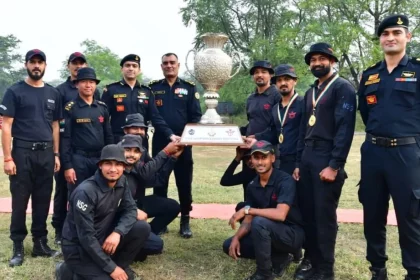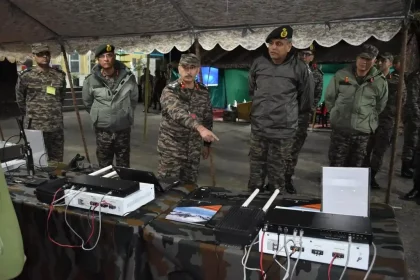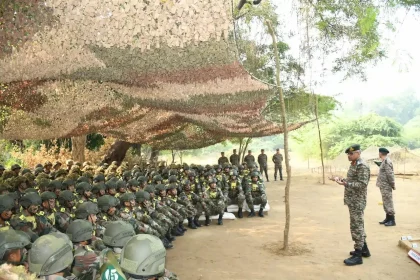Nk Kamender Singh of Special Forces Emerges Best Student as All Arms Combat Engineering Instructors Course Concludes at CME Pune
The All Arms Combat Engineering Instructors Course at the College of Military Engineering (CME), Pune, culminated on 28 October 2025…
Snipers of 52 Special Action Group (SAG), National Security Guard (NSG), Emerge Victorious in Inter-NSG Sniper Firing Competition 2025
In a remarkable display of precision, discipline, and nerves of steel, the elite snipers of 52 Special Action Group (SAG),…
Lt Gen Pankaj P Rao Visits 60 Para Field Hospital of Shatrujeet Brigade
Focus on operational readiness, advanced medical technology, and enhanced HADR capabilities.
Lt Gen Anindya Sengupta Reviews Operational Preparedness at Kausani Military Station
Steadfast in Readiness, United in Purpose — Surya Command strengthens technological integration and mission readiness.
Agniveer Training in Full Swing at 11 Gorkha Rifles Regimental Centre
Forging Operational Excellence through Discipline, Endurance, and Dedication.
Lt Gen Pratik Sharma Visits Basantgarh to Review Counter-Terrorist Operations
Army Commander interacts with troops on ground, reviews strategy, and motivates personnel for sustained operational success.






